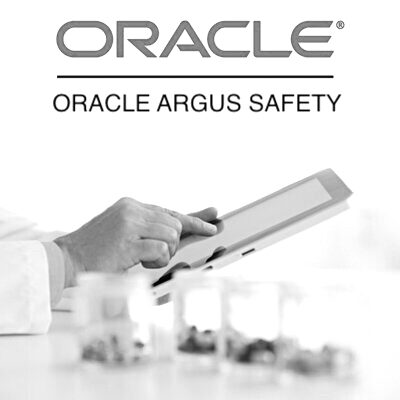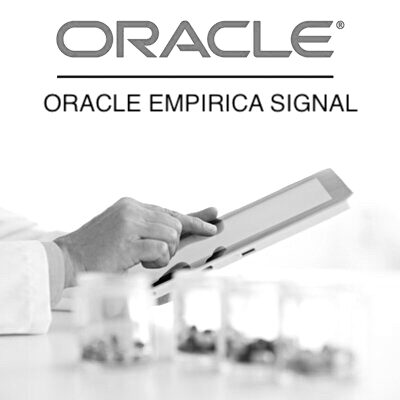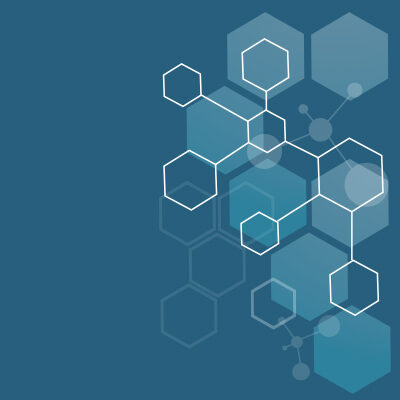Powering Pharmacovigilance with Social Media
Table of Contents
- The Rise of Social Media in Pharmacovigilance
- Benefits of Social Media in Pharmacovigilance
- Challenges and Considerations
- Future Directions for Social Media-Enabled Pharmacovigilance
- Conclusion
- Oracle Argus Safety Essentials
- Oracle Argus Safety Essentials + Console
- Oracle Argus Safety – Live Online
- Oracle Argus Safety + Console – Live Online
- Oracle Empirica Signal
- Oracle Empirica Signal – Live Online
- Diploma in Pharmacovigilance
- Argus Safety – Business Configuration and Administration
The Rise of Social Media in Pharmacovigilance
In an era defined by the rapid dissemination of information and the growing influence of social media, the field of pharmacovigilance has undergone a significant transformation. Pharmacovigilance, the science and activities related to the detection, assessment, understanding, and prevention of adverse effects or any other drug-related problems, has traditionally relied on structured and regulated data sources. However, the integration of social media into pharmacovigilance practices has opened up new avenues for monitoring and understanding the safety of pharmaceutical products. In this blog post, we will explore the profound impact of social media on pharmacovigilance, highlighting its benefits, challenges, and future potential.
The rise of social media platforms like Twitter, Facebook, Instagram, and patient-centered online communities has given individuals a powerful and easily accessible platform to share their healthcare experiences and opinions. People often turn to these platforms to discuss their medication usage, side effects, treatment outcomes, and interactions with healthcare professionals. While this informal and unstructured data may seem overwhelming, it presents a wealth of information that can be harnessed to improve pharmacovigilance efforts.
Benefits of Social Media in Pharmacovigilance
- Early Detection of Adverse Events: Social media platforms serve as a real-time barometer of public sentiment and emerging health concerns. Monitoring discussions and posts related to specific drugs can help pharmacovigilance teams detect adverse events early, potentially preventing harm to patients.
- Patient-Centered Insights: Social media allows patients to share their personal experiences with medications, providing insights into the real-world effectiveness and side effects of drugs. These patient-centered perspectives complement traditional clinical trial data, offering a more comprehensive understanding of drug safety and efficacy.
- Geographical Variability: Social media data can reveal geographical variations in drug reactions and side effects. Identifying these patterns can be crucial for tailoring healthcare recommendations to specific regions or populations.
- Rare Event Identification: Some adverse drug events are rare and may not be immediately apparent in conventional pharmacovigilance databases. Social media can help identify these rare events by aggregating a large volume of user-generated content.
- Pharmacovigilance Signal Detection: Social media data can be integrated into signal detection algorithms to identify potential safety signals. Algorithms can analyze keywords, sentiment, and patterns of discussion to prioritize further investigation.
Challenges and Considerations
While social media offers a treasure trove of data for pharmacovigilance, its integration comes with its own set of challenges and considerations:
- Data Volume and Noise: Social media generates an enormous amount of data, much of which may not be relevant to pharmacovigilance. Distinguishing signal from noise requires advanced data analytics and natural language processing techniques.
- Data Privacy and Ethics: Privacy concerns surrounding the use of patient-generated data on social media are paramount. Researchers and pharmacovigilance teams must navigate ethical and legal considerations when accessing and using this data.
- Data Validation: The accuracy of information shared on social media is not guaranteed. Patients may misreport medication names, dosages, and side effects. Verification and validation are critical steps in harnessing social media data effectively.
- Bias and Representativeness: Social media users are not representative of the entire population. Demographic and socioeconomic biases can skew the data, potentially leading to inaccurate conclusions.
- Regulatory Compliance: Regulatory bodies like the FDA have specific requirements for pharmacovigilance reporting. Integrating social media data into existing pharmacovigilance systems must adhere to these regulatory standards.
Future Directions for Social Media-Enabled Pharmacovigilance
As the pharmacovigilance landscape continues to evolve, several trends and future directions are emerging:
- Advanced Analytics: The development of advanced machine learning and AI algorithms will become increasingly crucial for sifting through large volumes of social media data. These algorithms will help identify patterns, trends, and safety signals more effectively.
- Collaboration with Patients: The involvement of patients in pharmacovigilance efforts is gaining traction. Collaborative initiatives between patients, healthcare professionals, and pharmaceutical companies can enhance data accuracy and broaden the scope of pharmacovigilance.
- Real-time Monitoring: The ability to monitor social media data in real time will enable quicker responses to emerging safety concerns. Automated systems for alerting pharmacovigilance teams to potential issues will become more prevalent.
- Integration with Traditional Data Sources: Combining social media data with traditional pharmacovigilance data sources, such as clinical trials and adverse event reports, will provide a more comprehensive view of drug safety and efficacy.
- Global Reach: Social media transcends geographical boundaries. Pharmacovigilance efforts can benefit from a global perspective by tapping into discussions from diverse regions and cultures.
- Education and Awareness: Increasing awareness among patients and healthcare professionals about the importance of reporting adverse events on social media can enhance the quality and quantity of data available for analysis.
Conclusion
The integration of social media into pharmacovigilance practices has the potential to revolutionize the way we monitor and ensure the safety of pharmaceutical products. While it presents numerous benefits, it also poses challenges related to data volume, privacy, and validation. To harness the power of social media for pharmacovigilance effectively, collaboration, advanced analytics, and ethical considerations are paramount. As technology continues to advance, the pharmacovigilance field must adapt and embrace these new data sources to better protect patient safety and improve healthcare outcomes. In this age of digital connectivity, social media has emerged as a valuable tool in the ongoing quest to make medications safer for all.
You may be interested in…
-
 eLearning + software
eLearning + softwareOracle Argus Safety Essentials
$599.00 -
 eLearning + software
eLearning + softwareOracle Argus Safety Essentials + Console
$799.00 -
 Live Online
Live OnlineOracle Argus Safety – Live Online
$999.00 -
 Live Online
Live OnlineOracle Argus Safety + Console – Live Online
$999.00 -
 eLearning + software
eLearning + softwareOracle Empirica Signal
$599.00 -
 Live Online
Live OnlineOracle Empirica Signal – Live Online
$999.00 -
 eLearning + software
eLearning + softwareDiploma in Pharmacovigilance
$799.00 -
 eLearning + software
eLearning + softwareArgus Safety – Business Configuration and Administration
$599.00

